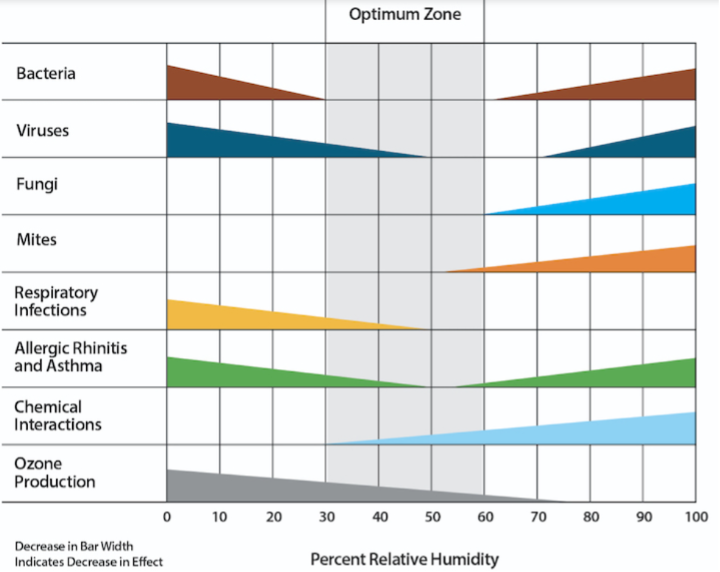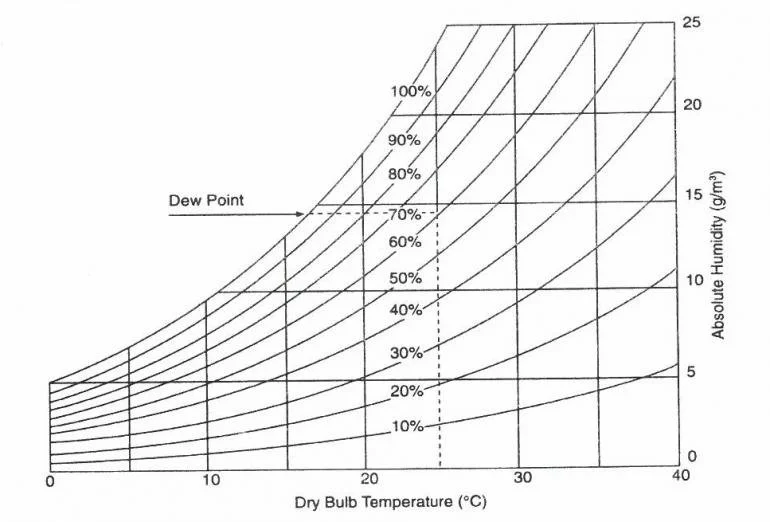Why Ventilation goes hand in hand with Insulation
This guide explains why good ventilation is essential, how to prevent humidity from building up using a hydrothermal chart and a moisture meter to understand what’s happening in your home.
Insulation Makes Your Home Warmer - and Tighter
Before insulation, homes were naturally leaky. Cold walls, draughts, and gaps allowed warm, moist air to escape. That was inefficient - but it also meant humidity was less likely to build up.
Now that your home is insulated:
Warm air stays inside, saving you energy.
Surfaces stay warmer, reducing some condensation risks.
Air leakage is reduced, which means moisture no longer escapes on its own.
This is good news for comfort — but without proper ventilation, everyday activities like cooking, showering, and even breathing can quickly raise indoor humidity.
Why Humidity Builds Up in Well-Insulated Homes
Everyday living releases surprising amounts of moisture:
Cooking: 1–3 litres per day.
Showering: 1–2 litres per day.
Drying clothes indoors: 2–5 litres per load.
Breathing and sweating: around half a litre per person per day.
Why Relative Humidity (RH) Matters
Relative humidity is simply the amount of moisture in the air. Keeping this between a range of 40-60% is recommended as a healthy zone for living. Too dry can cause issues as will too much moisture. Typically in the UK we are more at risk with homes with too much moisture because of our cold and wet climate. This can lead to mould causing real health issues as well as damage our buildings themselves.
How to Use the Hydrothermal (Dew-Point) Chart
This chart helps you understand when condensation will occur. Think of it as a guide to how warm the air is versus how much moisture it holds.
Look along the bottom for your room temperature.
Move up until you reach your indoor humidity line.
Move left to find the dew-point temperature.
If any surface in your home drops to that dew-point temperature, condensation will form.
Hydrothermal Chart adapted from Thomson 1986.
Practical Steps for Homeowners if RH is too high.
A. Consider upgrading the ventilation in your home
Adding a DMEV fan (decentralised Mechanical Extract Vent) will run 24/7 and increase the movement of air through your home. These can be installed in kitchens and bathrooms. Alternatively MVHR systems provide really high levels of ventilation and capture the heatloss associated with a heat exchanger.
B. Open windows strategically
Ventilating your house can be more important after a retrofit as air might not natrually enter as it did in the past. Many windows can be left on a trickle setting or trickle vents installed in windows. Opening windows to purge ventilate a room in one go can also be very affective.
C. Turn up the heating
One easy way to reduce the RH is to increase the temperature. For example, if your home is at 80% RH at 15°C, simply warming the room to around 18–19°C can reduce the RH to approximately 60–65%, even without removing any moisture.



